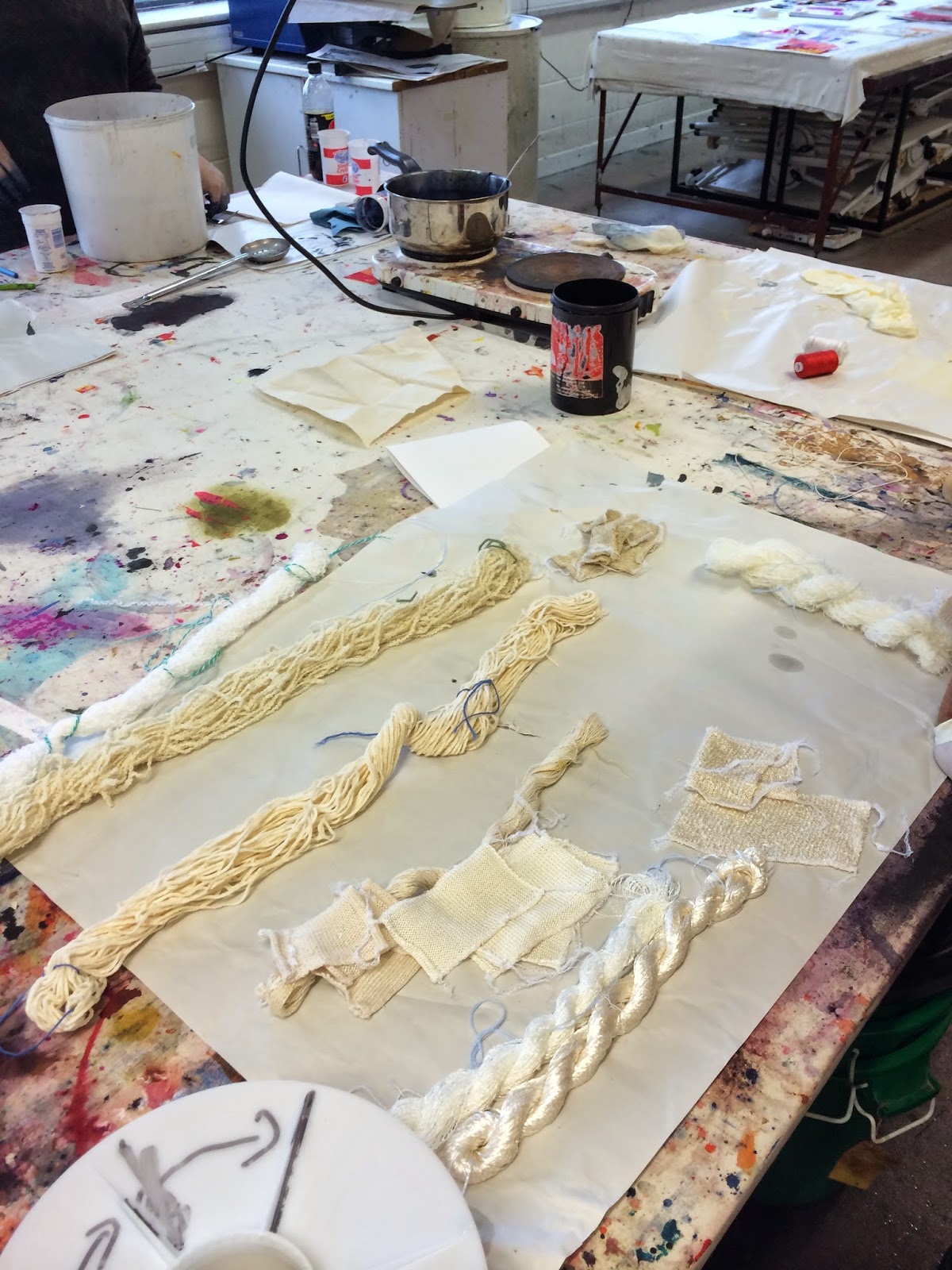MOTHS (Modelling on the stand)
 |
| The three final outfits from the groups. |
The next project for me in my fashion studies lesson is MOTHS. Over the next few weeks I will undertake a few different types of workshops which will result in me having a final garment. This was the first week of the project. We were firstly paired up and then given a pack of calico with a selection of pre cut squares and circles of different sizes. We could cut into them, sew them, pin them and fold them to create an outfit. Below are some pictures of the techniques we tried. Some we tried and used and other we didn't. This was a very creative task and I found it much harder than I had imagined.
I hope to continue with post about future workshops.
Sam
x





























